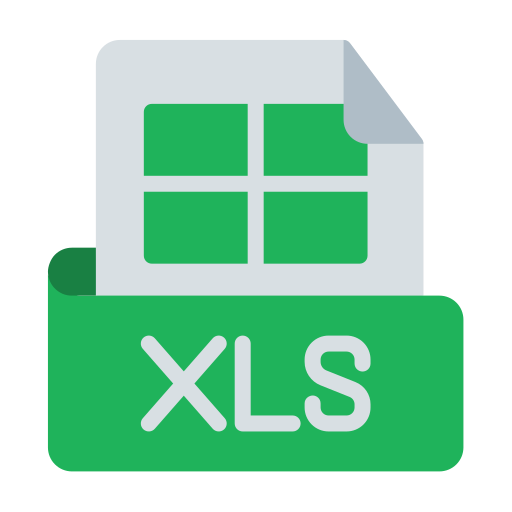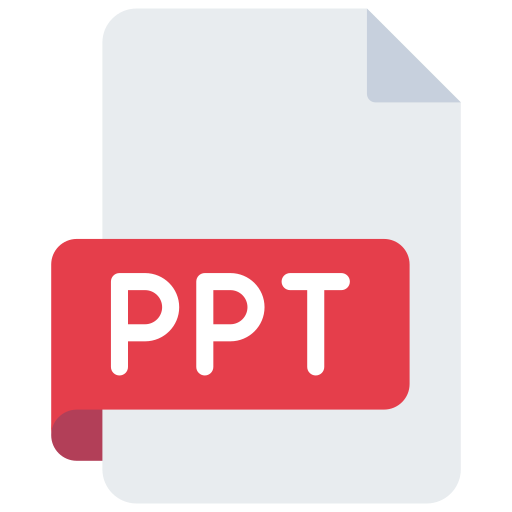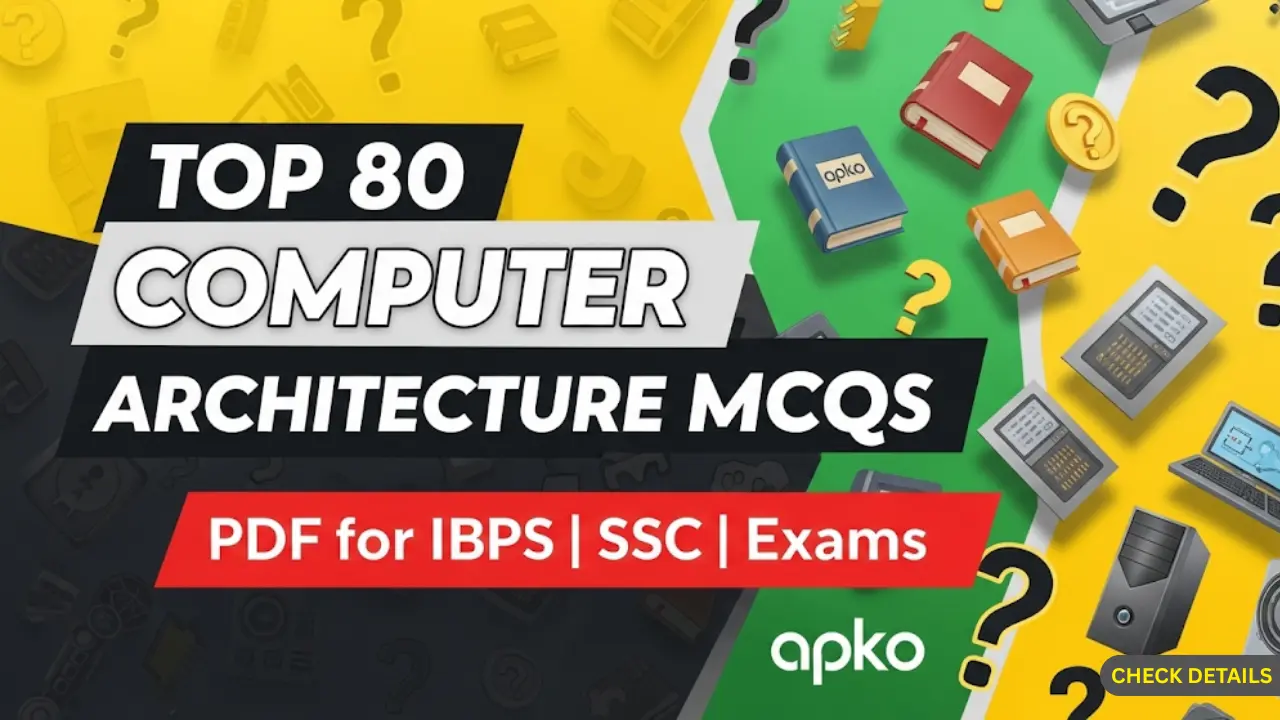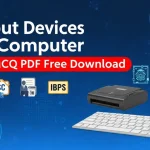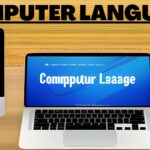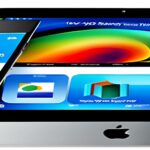Top 80 Computer architecture MCQ Questions

1. The basic function (s) performed by a computer is/are
(1) data processing
(2) data storage
(3) data movement
(4) data control
(5) All of these
ans.(5)
2. …………. forms the backbone for building successful computer system.
(1) Computer architecture
(2) Computer model
(3) Computer instructions
(4) None of the above
ans.(1)
3. The first computer architecture was introduced in
(1) 1970
(2) 1968
(3) 1971
(4) 1973
ans(1)
4. Which circuit board is used in all electronic systems such as computer, calculators,
digital system?
(1) Architecture
(2) Printer
(3) Value
(4) Register
ans.(1)
5. The system unit
(1) coordinates input and output devices
(2) is the container that houses electronic components
(3) is a combination of hardware and software
(4) controls and manipulates data
ans.(2)
6. Which of the following is metal or plastic case that holds all the physical parts of the
computer?
(1) System unit
(2) CPU
(3) Mainframe
(4) Platform
(5) Microprocessor
ans.(1)
7. The components that process data are located in which of the following?
(1) Input devices
(2) Output devices
(3) System unit
(4) Storage component
(5) Expansion board
ans.(3)
8. Which of the following is not responsible for the performance of the computer?
(1) number of keys in the keyboard
(2) format of the video/graphics word
(3) memory in the video/graphics word
(4) the clock speed of the processor
(5) number of cores available in the processor
ans.(1)
9. A(n) ……… device is any device that provides information, which is sent to the CPU.
(1) input
(2) output
(3) CPU
(4) memory
aans.(1)
10. Which of the following includes as a type of input?
(1) data
(2) programs
(3) commands
(4) user response
(5) All of these
ans.(5)
11. Information that comes from external source and fed into computer software is called.
(1) Output
(2) Input
(3) Throughout
(4) Reports
(5) Process
ans(2)
12. Input unit converts data in computer in ……..
(1) suitable
(2) acceptable
(3) understandable
(4) rejectable
ans.(2)
13. This unit sends the processed results to the user.
(1) Input
(2) Output
(3) Memory
(4) CPU
ans.(2)
14. Outputunitincludes
(1) plotter
(2) printer
(3) monitor
(4) All of these
ans.(4)
15. This component is required to process data into information and consists of integrated circuits.
(1) Hard disk
(2) RAM
(3) CPU
(4) ROM
(5) None of these
ans.(3)
16. The Central Processing Unit (CPU) in a computer consists of
(1) input, output and processing
(2) control unit, primary storage and secondary storage
(3) control unit, arithmetic logic unit, memory unit
(4) All of the above
ans.(3)
17. Which instruction is used for loading data into CPU accumulator register from memory?
(1) Load
(2) Storage
(3) Machine
(4) Access
ans.(1)
18. Where does computer add and compare data?
(1) Hard disc
(2) Floppy disc
(3) CPU chip
(4) Memory chip
ans.(3)
19. What is the brain of the computer?
(1) Keyboard
(2) Mouse
(3) CPU
(4) Printer
ans.(3)
20. CPU is fabricated as a single integrated circuit which is known as
(1) Motherboard
(2) Microprocessor
(3) ALU
(4) CU
ans.(2)
21. The CPU chip used in a computer is partially made of
(1) copper
(2) iron
(3) gold
(4) silica
ans.(4)
22. The main job of a CPU is to
(1) carry out program instructions
(2) store data/information for further use
(3) process data and information
(4) Both 1 and 3
ans.(4)
23. The main purpose of time-sharing techniques used in computers is to make the best use of the
(1) CPU
(2) peripherals
(3) secondary storage
(4) floppy discs
ans.C1)
24. The CPU is made up of two smaller components
(1) ALU and CU
(2) ALU and RAM
(3) RAM and ROM
(4) RAM and CUz
ans.(1)
25. The CPU comprises of control, memory and ….. units.
(1) microprocessor
(2) arithmetic/logic
(3) output (4) ROM
(5) input
ans.(2)
26. What is the responsibility of the logical unit in the CPU of a computer?[IBPS Clerk 2015]
(1) To produce result
(2) To compare numbers
(3) To control flow of information
(4) To do Maths work
(5) None of the above
ans.(2)
27. Which unit of computer helps in communication between the memory and the arithmetic logical unit?
(1) CMU
(2) CCU
(3) UPS
(4) CPU
(5) ALU
ans.(4)
28. Whichpartofthecomputerisusedfor calculatingandcomparing?
(1) ALU
(2) Control unit
(3) Disc unit
(4) Modem
(5) None of these
ans.(1)
29. Pick the one that is used for logical operations or comparisons such as less than, equal to or greater than etc.
(1) ALU
(2) CU
(3) Input unit
(4) MU
ans.(1)
30. What does ALU in computing denote?
(1) Application and Logic Unit
(2) Algorithm Logic Unit
(3) Arithmetic Layered Unit
(4) Arithmetic Legal Unit
(5) Arithmetic Logic Unit
ans.(5)
31. How many types of arithmetic operations does the ALU of computer perform?
(1) 4
(2) 2
(3) 5
(4) 8
ans.(1)
32. Processors contain a control unit and a/an :
(1) Control unit
(2) Primary storage unit
(3) Input unit
(4) Arithmetic logic unit
ans.(4)
33. Which of the following executes the computer commands?
(1) Arithmetic unit
(2) Logic unit
(3) Both ‘1’ and ‘2’
(4) Control unit
ans.(3)
34. Which unit is a combinational digital electronic circuit that performs arithmetic and bitwise operations on integer binary
numbers?
(1) BOU
(2) AEU
(3) CPU
(4) ALU
(5) UPS
ans.(4)
35. Internal memory in a CPU is nothing but
(1) a set of registers
(2) a set of ALU
(3) microprocessor
(4) bus
ans.(1)
36. Which among the following is a small set of data holding place that is a part of the
computer processor and may hold an instruction, a storage address, or any kind of data?
(1) Register
(2) WAN
(3) Bus
(4) Address
(5) Processor
ans.(1)
37. The portion of the CPU that coordinates the activities of all the other computer components is the [SBI PO 2015]
(1) motherboard
(2) coordination board
(3) control unit
(4) arithmetic logic unit
(5) None of these
ans.(3)
38. Which among the following is an important circuitry in a computer system that directs the operation of the processor?
(1) Memory
(2) Address Bus
(3) Accumulator
(4) ALU
(5) Control unit
ans.(5)
39. The part of a computer that coordinates all its functions, is called its
(1) ROM program
(2) System board
(3) Arithmetic logic unit
(4) Control unit
(5) None of these
ans.(4)
40. The control unit controls other units by generating
(1) control signal
(2) timing signal
(3) transfer signal
(4) command signal
ans.(1)
41. Control unit of a digital computer is often called the
(1) clock
(2) nerve centre
(3) Both ‘1’ and ‘2’
(4) IC Computer Architecture 17
ans.(2)
42. Who invent the first microprocessor?
(1) Vint Cerf
(2) Terence Percival
(3) John Mauchly
(4) Ted Hoff
ans.(4)
43. A microprocessor is the brain of the computer and is also called a
(1) microchip
(2) macrochip
(3) macroprocessor
(4) calculator
(5) software
ans.(1)
44. Microprocessors can be used to make
(1) computer
(2) digital system
(3) calculators
(4) All of these
(5) None of these
ans.(4)
45. The microprocessor is made up of millions of
(1) registers
(2) transistors
(3) microchips
(4) program counter
ans.(2)
46. The microprocessor of a computer
(1) does not understand machine language
(2) understands machine language and high level language
(3) understands only machine language
(4) understands only high level languages
ans.(3)
47. Memory unit that communicates directly with the CPU is called the
(1) main memory
(2) secondary memory
(3) auxiliary memory
(4) register
ans.(1)
48. CPU retrieves its data and instructions from
(1) secondary memory
(2) auxiliary memory
(3) main memory
(4) All of these
ans.(3)
49. Which computer memory is used for storing programs and data currently being processed by the CPU?
(1) Mass memory
(2) Internal memory
(3) Non-volatilememory
(4)PROM
ans.(2)
50. The I/O processor has a direct access to …… and contains a number of independent data channels.
(1) main memory
(2) secondary memory
(3) cache
(4) flash memory
ans.(1)
51. The word ‘computer’ usually refers to the central processing unit plus
(1) external memory
(2) internal memory
(3) input devices
(4) output devices
ans.(2)
52. The CPU and memory are located in which of the following devices?
(1) Motherboard
(2) Expansion board
(3) Storage device
(4) Output device
(5) System unit
ans.(1)
53. The main circuit board in the computer that connects the parts of the computer is the
(1) motherboard
(2) father board
(3) match board
(4) hard drive
(5) special board
ans.(1)
54. Personal computers use a number of chips mounted on a main circuit board. What is the common name for such boards?
(1) Daughterboard
(2) Motherboard
(3) Broadboard
(4) None of these
ans.(2)
55. Which of the following are the components that reside on motherboard?
(1) CMOS battery
(2) Fan
(3) PCI slot
(4) All of these
ans.(4)
56. ThecommunicationlinebetweenCPU, memoryandperipheralsiscalleda
(1) bus
(2) line
(3) media
(4) All of these
(5) None of these
ans.(1)
57. …………connectscomponentsinsidethe motherboardlikeCPUandsystemmemory.
(1) Data bus
(2) Address bus
(3) Internal bus
(4) External bus
ans.(3)
58. The address of I/O device or memory is carried by the
(1) data bus
(2) expansion bus
(3) address bus
(4) system bus
ans.(3)
59. A physical connection between the microprocessor memory and other parts of the micro computer is known as
(1) path
(2) address bus
(3) route
(4) All of these
ans.(2)
60. The read/write line belongs to
(1) the data bus
(2) the control bus
(3) the address bus
(4) CPU bus
ans.(2)
61. The name of the location of a particular piece of data is its
(1) address
(2) memory name
(3) storage
(4) data location
ans.(1)
62. Which of the following is used to connect the different external devices?
(1) Address bus
(2) Data bus
(3) Control bus
(4) External bus
ans.(4)
63. Which is not an integral part of computer?
(1) CPU
(2) Mouse
(3) Monitor
(4) UPS
(5) None of these
ans.(4)
64. A device that not only provides surge protection, but also furnishes the computer with battery backup power during a power
outage is
(1) Battery strip
(2) UPS
(3) Surge strip
(4) USB
(5) Memory
ans.(2)
65. A temporary storage area, attached to the CPU, for I/O operations is a
(1) chip
(2) buffer
(3) register
(4) core
ans.(2)
66. To measure the speed of the processor, ….. is used.
(1) processing speed
(2) clock speed
(3) memory
(4) unit
ans.(2)
67. A uniform interval of CPU time allocated for use in performing a task is known as
(1) real time
(2) seek time
(3) down time
(4) time slice
ans.(4)
68. What is the full form of DMA?
(1) Direct Memory Access
(2) Dynamic Memory Access
(3) Direct Metho Access
(4) Double Memory Access
ans.(1)
69. The machine cycle includes
(1) fetch
(2) decode
(3) execute
(4) store
(e) None of these
ans.(5)
70. When machineinstructionsarebeing executed by a computer, the instruction phase followed by the execution phase is referred to as
(1) program cycle
(2) machine instruction
(3) instruction cycle
(4) task cycle
ans.(3)
71. ……. is the process of carrying out commands.
(1) Fetching
(2) Storing
(3) Decoding
(4) Executing
ans.(4)
72. The processor must have two inputs
(1) instructions and data
(2) information and data
(3) input and output
(4) CPU and instructions
ans.(1)
73. …………. defines the parameters of the action and depends on the operation.
(1) Op-code
(2) Operand
(3) instructions
(4) Data
ans.(2)
74. Pipeline strategy is called implement
(1) instruction execution
(2) instruction prefetch
(3) instruction decoding
(4) instruction manipulation
ans.(2)
75. On the motherboard, the connection points for chips are referred to as
(1) slots
(2) sockets
(3) ports
(4) lines
ans.(2)
=============================================================================
=================================================================================



